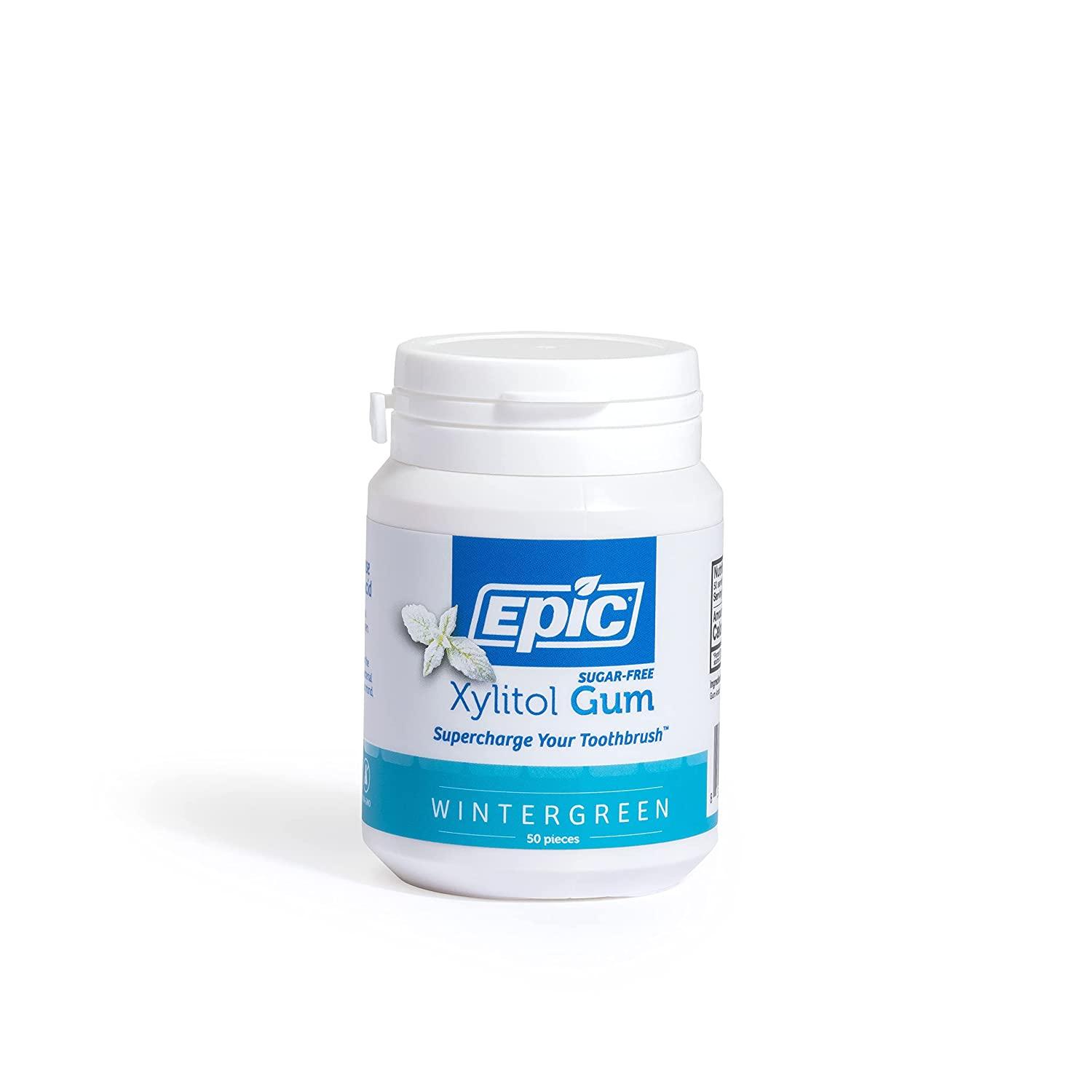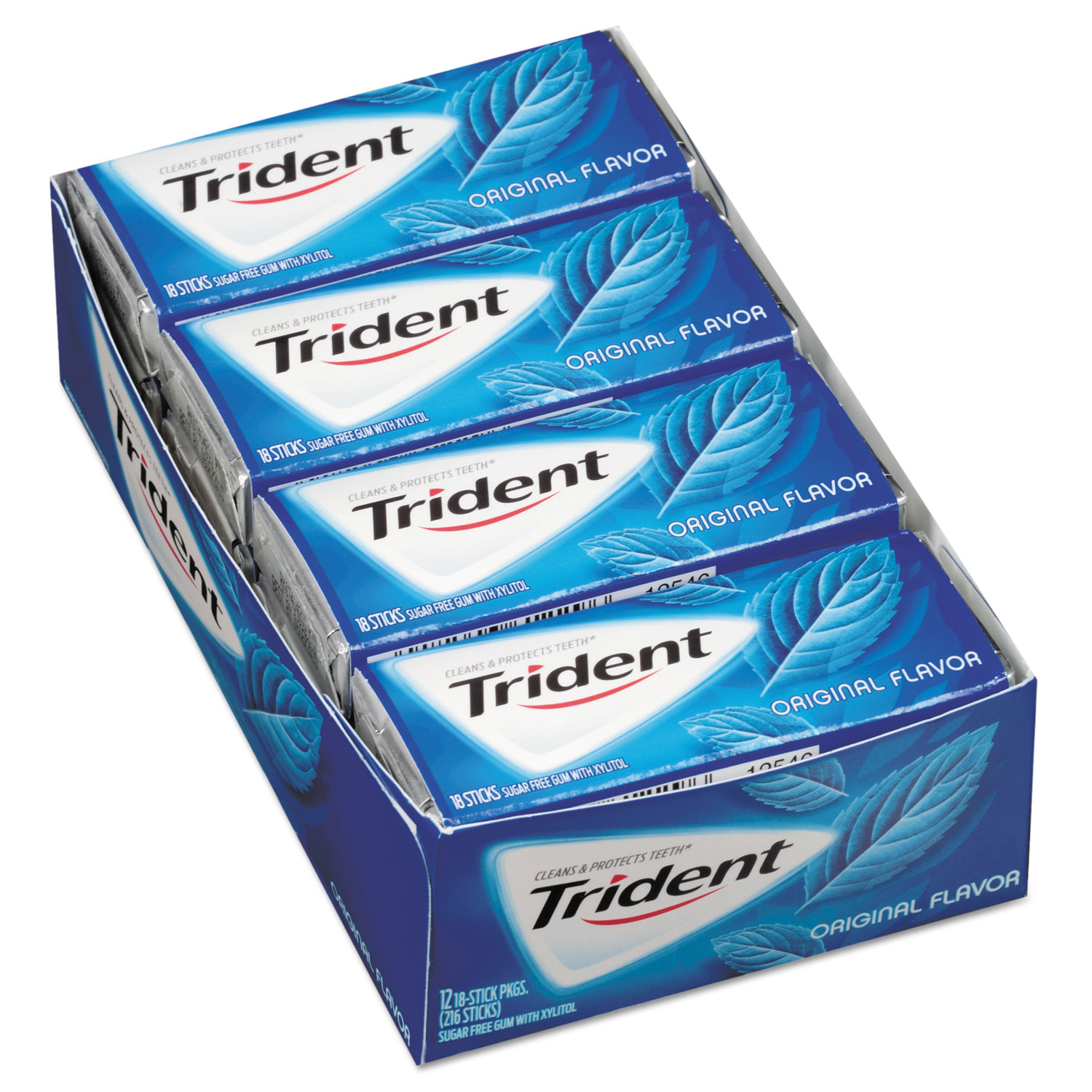Sugar Free Gum

The world of sugar-free gum has exploded in recent years, with a plethora of options available to consumers. But what exactly is sugar-free gum, and how does it differ from its sugary counterpart? In this comprehensive guide, we’ll delve into the world of sugar-free gum, exploring its benefits, types, and potential drawbacks.
Historically, gum has been a staple in many cultures, with ancient civilizations such as the Maya and Aztecs chewing on various forms of gum to clean their teeth and freshen their breath. However, with the advent of modern sugar-based gum, concerns began to arise regarding the impact of sugar on oral health. The introduction of sugar-free gum marked a significant shift in the industry, as manufacturers sought to create products that were not only tasty but also healthier.
One of the primary benefits of sugar-free gum is its potential to improve oral health. Traditional gum contains high amounts of sugar, which can contribute to tooth decay and other oral health issues. Sugar-free gum, on the other hand, uses artificial sweeteners such as aspartame, sucralose, or xylitol to provide a sweet taste without the negative effects of sugar. Xylitol, in particular, has been shown to have numerous benefits for oral health, including reducing the incidence of tooth decay and promoting saliva production.
In addition to its oral health benefits, sugar-free gum has also been shown to have a positive impact on weight management. By providing a sweet taste without the calories, sugar-free gum can help to curb cravings and reduce overall sugar intake. This can be particularly beneficial for individuals who are trying to lose weight or manage their blood sugar levels.
Despite its benefits, sugar-free gum is not without its drawbacks. Some consumers have reported experiencing digestive issues, such as bloating and gas, after consuming sugar-free gum. This is often due to the artificial sweeteners used in the gum, which can be difficult for some individuals to digest. Additionally, some sugar-free gums may contain other ingredients, such as titanium dioxide or artificial flavors, which can be a concern for individuals with certain sensitivities or allergies.
Types of Sugar-Free Gum

The market for sugar-free gum is vast, with a wide range of options available to consumers. Some popular types of sugar-free gum include:
- Xylitol-based gum: This type of gum uses xylitol as its primary sweetener and is often recommended by dentists for its oral health benefits.
- Aspartame-based gum: This type of gum uses aspartame as its primary sweetener and is often less expensive than xylitol-based gum.
- Sucralose-based gum: This type of gum uses sucralose as its primary sweetener and is often used in combination with other sweeteners.
Pros and Cons of Different Sugar-Free Gum Types
| Type of Gum | Pros | Cons |
|---|---|---|
| Xylitol-based gum | Oral health benefits, natural sweetener | Can be expensive, may cause digestive issues in some individuals |
| Aspartame-based gum | Inexpensive, widely available | May contain artificial ingredients, potential health risks associated with aspartame |
| Sucralose-based gum | Long-lasting sweetness, low calorie count | May contain artificial ingredients, potential digestive issues |

Future of Sugar-Free Gum

As the demand for sugar-free gum continues to grow, manufacturers are responding by developing new and innovative products. Some of the trends that are expected to shape the future of sugar-free gum include:
- Natural ingredients: Consumers are increasingly seeking out products that are made with natural ingredients, and sugar-free gum is no exception.
- Sustainable packaging: With the growing concern about plastic waste, manufacturers are exploring sustainable packaging options for sugar-free gum.
- Functional benefits: Sugar-free gum is no longer just about freshening breath; many products now offer additional functional benefits, such as whitening teeth or reducing stress.
Is sugar-free gum really good for my teeth?
+Sugar-free gum can be beneficial for oral health, as it can help to stimulate saliva production and reduce the incidence of tooth decay. However, it is essential to choose a sugar-free gum that contains xylitol, as this sweetener has been shown to have the most significant oral health benefits.
Can I chew sugar-free gum if I have sensitive teeth?
+Yes, sugar-free gum can be a good option for individuals with sensitive teeth. However, it is crucial to choose a gum that is gentle on the teeth and does not contain any ingredients that may exacerbate sensitivity.
How often should I chew sugar-free gum?
+The frequency at which you should chew sugar-free gum depends on your individual oral health needs. If you are looking to improve your oral health, chewing sugar-free gum after meals and snacks can be beneficial. However, it is essential to follow the recommended chewing time and not to overdo it, as this can lead to jaw pain and other issues.
In conclusion, sugar-free gum has come a long way since its introduction, with a wide range of options available to consumers. By understanding the benefits and drawbacks of sugar-free gum, individuals can make informed choices about their oral health and overall well-being. Whether you’re looking to improve your oral health, manage your weight, or simply freshen your breath, sugar-free gum can be a valuable addition to your daily routine.


